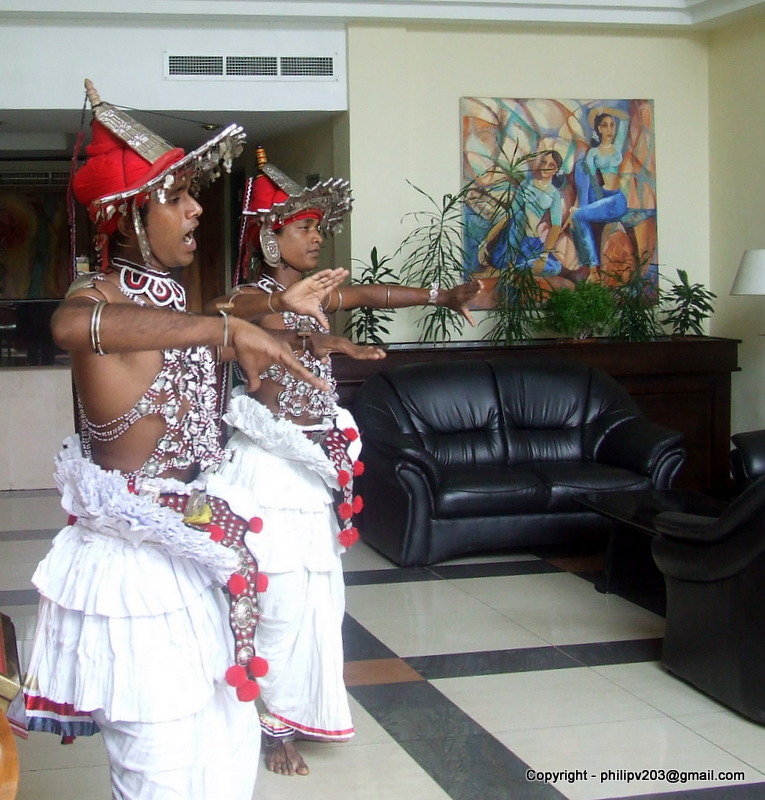 |
| This is a new driveway, by-passing the famous stairway taking one to the caves and stairway leading to the 'Ambasthala Chaithya' |
mihinthale
it’s
about 16 k.m out of anuradapura lies mihintale
remembered in national consciousness as the
cradle of the sinhala buddhist civilisation, it
is here that thera mahinda , son of the mauryan
emperor asoka, met king tissa in the
third century BC, as a result of
which the king embraced buddhism…, in fact the name
mihintale, which mean’s the ” plateau of
mahinda” is derived from thera’s name..the
mountain was also known as chetiya pabbata( the
mountain of stupas).
on the western
slope of the mountain is the main flight of steps that
would take you to ambastala plain , it is a wide
flight of steps.. perhaps the widest in sri lanka, and
is concidered symbolic of the spiritual ascent of
man. it has 1840 stone steps arranged in three flights,
shaded by temple trees on either side…..
all so, there are some of
the important monuments…..

















